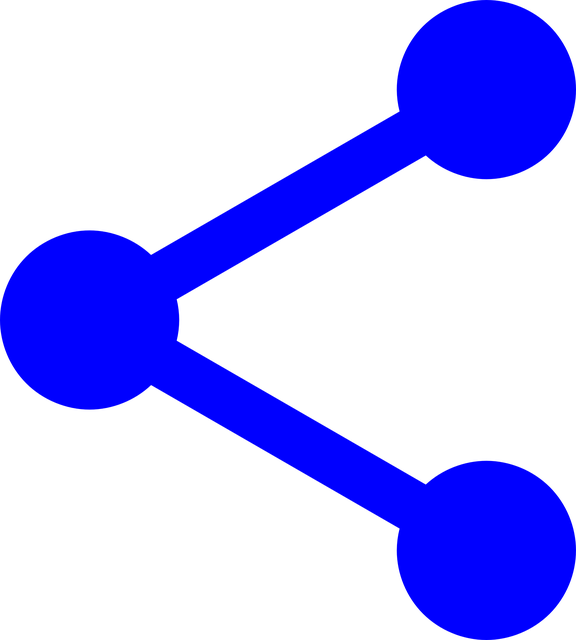Jurnal Ekonomi Malaysia
57 (1) 2023 1 – 8
Department of Economics
Faculty of Management and Humanities
Chabahar Maritime University, IRAN.
Abstract
This paper endeavors to present a dynamic stochastic general equilibrium (DSGE) model that can assay and check the traces of changes in utility in Iran’s economy by defining different utility functions for households. It uses data from 1998 to 2020 and assays Iranian households’ behavior within the framework of a DSGE model. A number of modifications to the standard model have been introduced to enforce stationarity and household behavior. To this aim, this rummage, with a glimpse at the existing economic literature, will present a DSGE model for a small open economy with changing utility function. Three different characteristics are considered for this purpose, namely an endogenous discount factor model, a debt-elastic interest-rate premium model, and a portfolio adjustment costs model. The results show that all models assert virtually identical dynamics at business-cycle frequencies as measured impulse response functions. The notable difference among the alternative models is that the debt-elastic interest-rate premium model and the portfolio adjustment costs model have dynamic changes.
Keywords
JEL Codes
Bibliography
@article{izadi2023what,
title={The Behavior of Households Using the Dynamic Stochastic General Equilibrium Model: Alternative Models},
author={Izadi, Hamid RezaIzadi, Hamid Reza},
journal={Jurnal Ekonomi Malaysia},
volume={57},
number={1},
pages={1—8},
}
Receive updates when new articles are published.

